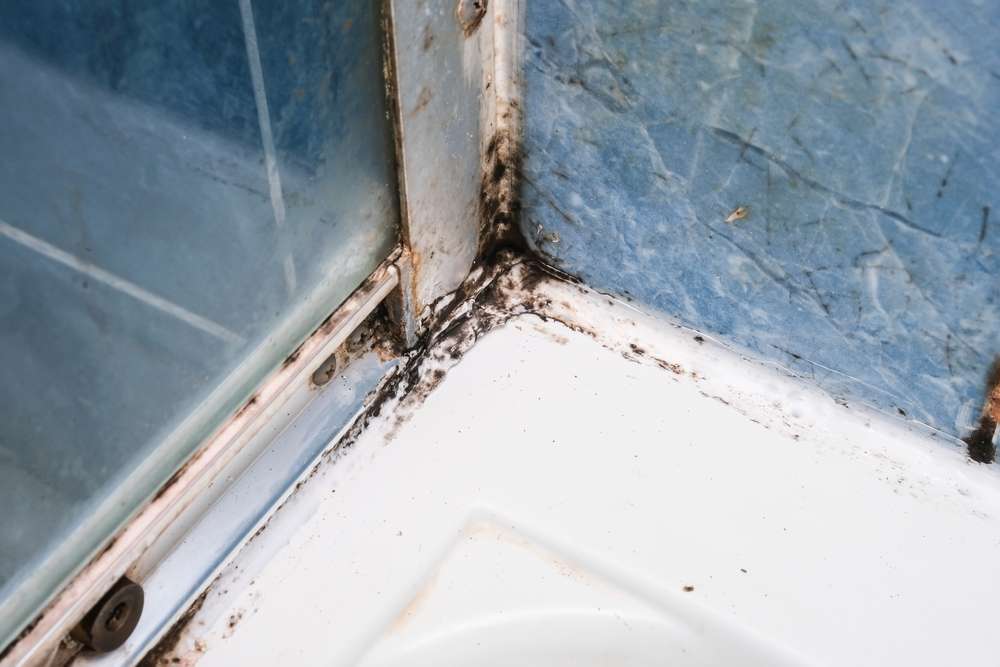Emergency Restoration: Navigating Water and Fire Damage
Discover the critical steps and processes involved in emergency restoration after water or fire damage. This comprehensive guide explores the immediate impacts of these disasters, outlines professional restoration techniques, and emphasizes the importance of swift, expert intervention. Learn how to protect your property and navigate the complexities of disaster recovery effectively.

The Immediate Impact of Water Damage on Properties
When water infiltrates a property, its effects are swift and potentially devastating. Within moments of exposure, water can permeate various surfaces, including floors, walls, and furnishings. This rapid absorption often leads to material degradation, causing wood to swell, drywall to deteriorate, and metal surfaces to corrode. After just 24 hours, the consequences intensify: unpleasant odors emerge, and the risk of mold infestation rises significantly. If left unaddressed for an extended period, the structural integrity of the building may be compromised, resulting in costly and extensive repairs.
Professional Water Damage Restoration Process
Addressing water damage effectively requires a systematic approach:
-
Initial Assessment: Experts evaluate the extent of damage and classify the water source based on contamination levels.
-
Water Removal: Specialized equipment is employed to extract standing water from all affected areas.
-
Thorough Drying: Industrial-grade air movers and dehumidifiers are utilized to eliminate residual moisture.
-
Sanitation and Deodorization: Affected items and spaces undergo thorough cleaning and deodorization to prevent mold growth and eliminate odors.
-
Comprehensive Restoration: This phase may involve minor repairs or extensive reconstruction, depending on the damage severity.
Understanding the Extensive Nature of Fire Damage
Fire damage extends far beyond the immediately visible burn areas. Smoke and soot particles can infiltrate the entire structure, depositing corrosive residues on various surfaces. The intense heat generated during a fire can cause significant structural damage, warping metal components, shattering glass, and compromising the building’s stability. Moreover, the water used in firefighting efforts introduces additional complications, often exacerbating the overall damage.
The Comprehensive Fire Damage Restoration Approach
Restoring a property after fire damage involves a multi-faceted process:
-
Comprehensive Damage Evaluation: Professionals assess the full extent of fire, smoke, and water-related damage.
-
Property Stabilization: Immediate measures are taken to secure the structure and prevent further deterioration.
-
Water Mitigation: Any water introduced during firefighting is promptly removed, followed by thorough drying procedures.
-
Smoke and Soot Remediation: Specialized cleaning techniques and products are employed to address smoke and soot contamination on all affected surfaces.
-
Thorough Cleaning and Sanitization: Salvageable items undergo meticulous cleaning, sanitization, and deodorization processes.
-
Restoration and Reconstruction: Depending on the damage severity, this stage may range from minor repairs to complete structural rebuilding.
The Crucial Role of Professional Intervention in Disaster Recovery
Engaging professional services for cleaning emergencies is essential for several reasons:
-
Immediate Response: Professional restoration teams offer round-the-clock services, ensuring rapid deployment to mitigate damage.
-
Specialized Expertise and Equipment: Trained technicians possess the knowledge and tools necessary to handle complex restoration tasks effectively.
-
Health and Safety Assurance: Professionals can identify and address potential health hazards associated with water and fire damage, such as mold growth or toxic residues.
-
Insurance Claim Facilitation: Many restoration services work directly with insurance providers, streamlining the claims process for property owners.
-
End-to-End Restoration Solutions: Professional services offer comprehensive solutions, from initial cleanup to final repairs, ensuring complete property restoration.
In the aftermath of water or fire damage, swift action and professional expertise are paramount. These emergencies demand immediate, skilled attention to minimize long-term consequences, ensure thorough remediation, and restore properties to their pre-disaster condition. Understanding the intricacies of the restoration process and recognizing the importance of professional intervention can significantly improve outcomes when facing these challenging situations.
By familiarizing oneself with the potential impacts of water and fire damage and the subsequent restoration processes, property owners can make informed decisions and take appropriate actions should such emergencies arise. This knowledge empowers individuals to act quickly and effectively, potentially reducing the extent of damage and facilitating a smoother recovery process.






